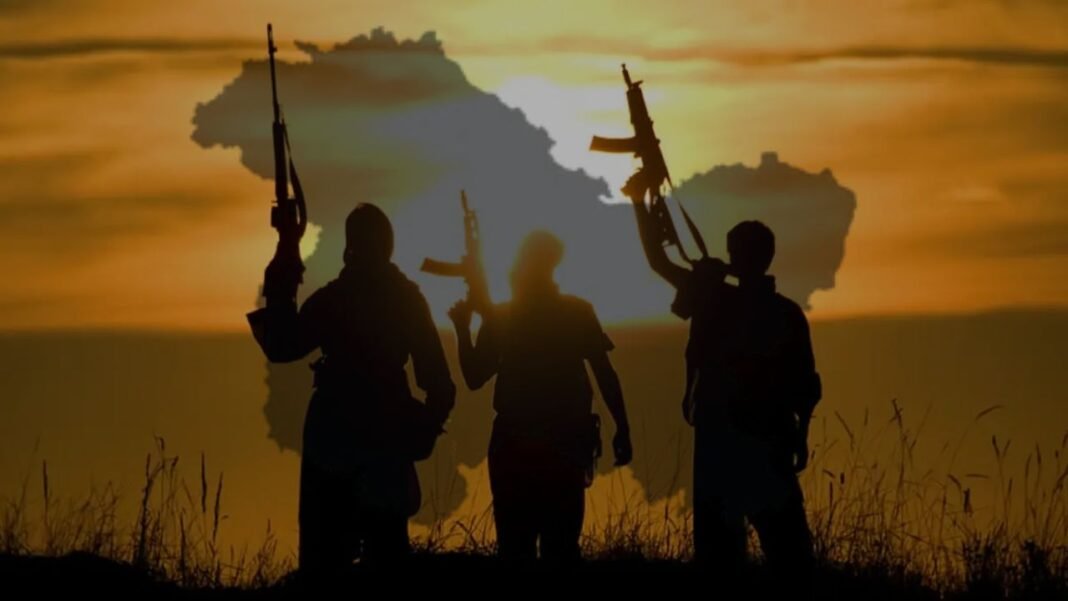Since TRF (The Resistance Front) emergence in the turbulent aftermath of 2019, TRF has cast a long, dark shadow over the fragile peace in Jammu and Kashmir. What began as whispers of a new militant outfit soon turned into a chilling reality as targeted killings, ambushes, and acts of terror began spreading fear and insecurity across the region.
The year 2020 marked a grim beginning. On June 8, a Kashmiri Pandit village Sarpanch was assassinated, sending shockwaves through the community. Barely a month later, on July 8, TRF militants struck again, this time claiming the lives of three civilians — a local politician, his father, and his brother. Just as the valley tried to come to terms with the violence, Babar Qadri, a well-known local lawyer and outspoken voice, was gunned down on September 25. The attacks were methodical, targeting not only public figures but symbols of democratic engagement.
October 2020 saw a surge in bloodshed. On the 6th, militants stormed a BJP leader’s residence, killing his Personal Security Officer. Later that month, on October 30, three BJP workers were ambushed and killed. The year ended with another assassination on December 31, when Satpal Nischal, a respected jeweler, was murdered — a message to those seen as “outsiders” or “collaborators.”
As the calendar turned to 2021, the violence showed no signs of abating. February 19 witnessed the death of two local policemen in Srinagar. Then, on March 29, an ambush in Sopore during a municipal meeting left a policeman and two councillors dead — a direct assault on grassroots governance. Just days later, on April 1, a policeman was gunned down outside a politician’s house, reinforcing the message that no one connected to the administration was safe.
By June 22, TRF had turned its sights on intelligence personnel, assassinating a CID inspector. Five days later, on June 27, a horrifying attack claimed the lives of a local police officer, his wife, and their young daughter — a cruel act that underlined the group’s disregard for even the most innocent.
ALSO READ: Saroli Mata Temple: Divine Escape into Heart of Nature and Opportunity for Religious Tourism
Then came October 2021, one of the bloodiest months in recent memory. On the 5th, Makhan Lal Bindro, a prominent Kashmiri Pandit businessman, was killed in broad daylight. Just two days later, on October 7, two school teachers — one Hindu and one Sikh — were executed inside their school in Srinagar. The killings weren’t just about eliminating individuals; they were psychological warfare aimed at rekindling communal fault lines and driving fear into minority communities.
Years passed, but the violence didn’t. On September 13, 2023, a fierce gun battle erupted in Anantnag, drawing national attention once again to the persistent threat of terrorism. The pattern of attacks evolved, showing increased coordination and targeting.
In 2024, the horror returned to the district of Reasi on June 9, where a brutal attack left innocent pilgrims and locals dead, shocking the nation. Most recently, on April 22, 2025, Pahalgam, known for its breathtaking beauty and spiritual significance, became the site of yet another tragedy as TRF struck again, reminding everyone that the specter of militancy still lingers.
This is the story of how TRF, through calculated violence and terror, has tried to destabilize a region striving for peace. Each date in this timeline is not just an event — it is a life lost, a family shattered, and a wound inflicted on the soul of Kashmir. And yet, amid the tragedy, there remains resilience — of communities refusing to be divided, of families seeking justice, and of a nation determined to protect its people and their dreams of peace.





